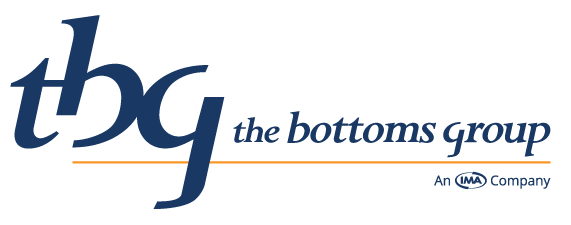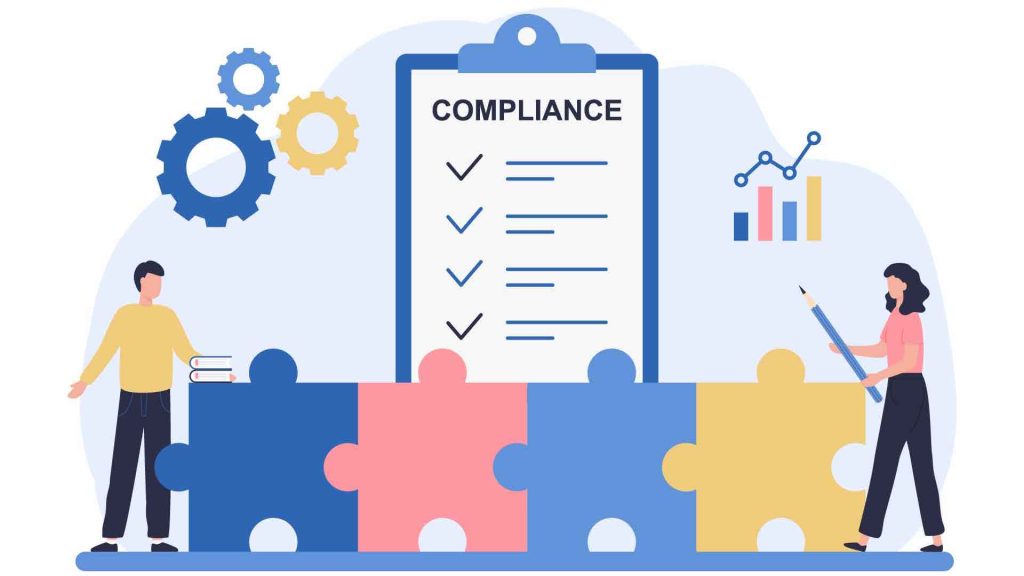By Jamie Jones
Senior Account Executive, Benefits
Compliance is essential for any organization especially when having to abide by annual government regulations. One major compliance function that companies must be aware of each year is the Form 5500 reporting process which is mandated by the Department of Labor (DOL). Below is a filing guide answering commonly asked questions around the Form 5500 annual data collection process.
What is a Form 5500?
The Form 5500 Series is an important compliance, research, and disclosure tool for the Department of Labor, a disclosure document for plan participants and beneficiaries, and a source of information and data for use by other Federal agencies, Congress, and the private sector in assessing employee benefit, tax, and economic trends and policies. The Form 5500 Series is part of The Employee Retirement Income Security Act of 1974’s (ERISA) overall reporting and disclosure framework, which is intended to assure that employee benefit plans are operated and managed in accordance with certain prescribed standards and that participants and beneficiaries, as well as regulators, are provided or have access to sufficient information to protect the rights and benefits of participants and beneficiaries under employee benefit plans.
Who is required to file a Form 5500?
Under ERISA federal law there are certain Retirement Plans and Health and Welfare Benefit Plans in which Plan Sponsors are obligated to file an annual report each year.
- If the plan has more than 100 participants enrolled on the very first day of the plan year
- If the plan is a small funded plan/trust plan
- If the plan is required to file a Form M-1: MEWA (Multiple Employer Welfare Arrangement). Typically, a MEWA is managed by multiple employers.
Who is not required to file a Form 5500?
Under ERISA federal law there are some scenarios in which Plan Sponsors are not required to file an annual report each year.
- If there are fewer than 100 participants enrolled on the very first day of the plan year.
- If the plan is a church plan
- If the plan is an apprenticeship/training plan
- If the plan is managed outside of the United States
- If the plan is a governmental plan
- If the plan is unfunded/insured for a select group of management
- If the plan is managed only to meet the terms with workers compensation, unemployment compensation, or disability insurance laws
When is the Form 5500 due?
Below is a Plan Year Timeline showing when the Form 5500 is due to the Department of Labor (DOL), which is on the last day of the seventh month after the plan year ends. The Department of Labor will allow a 2 ½ month extension if the Form 5500 is not e-filed by the proposed due date.
- January 1 – December 31 (Due Date: July 31)
- February 1 – January 31 (Due Date: August 31)
- March 1 – February 28 (Due Date: September 30)
- April 1 – March 31 (Due Date: October 31)
- May 1 – April 30 (Due Date: November 30)
- June 1 – May 31 (Due Date: December 31)
- July 1 – June 30 (Due Date: January 31)
- August 1 – July 31 (Due Date: February 28)
- September 1 – August 31 (Due Date: March 31)
- October 1 – September 30 (Due Date: April 30)
- November 1 – October 31 (Due Date: May 31)
- December 1 – November 30 (Due Date: June 30)
What is a SAR?
The Summary Annual Report (SAR) is an annual statement summarizing financial information included on the Form 5500 regarding the benefit plan. The Plan Sponsor is required to supply the SAR report to all employees, including COBRA members, if they participated in the plan at any time during the Plan Year.
Information presented above was gathered from the DOL Website & Wrangle



